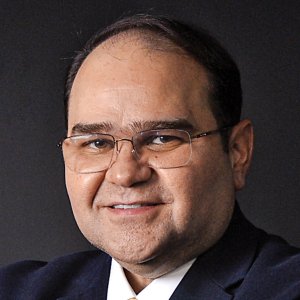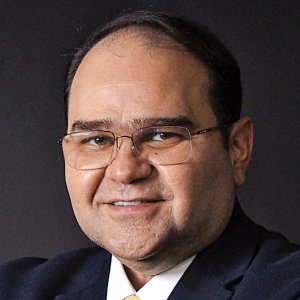Innovation to Identify Emissions, Key for Energy Transition

STORY INLINE POST
Q: How has demand for Picarro’s services evolved over 2022?
A: Ten years ago, Picarro started working on a new approach to the natural gas industry, which tends to be a rather conservative and contemplative sector when it comes to adopting new technologies and methods. Nonetheless, the imperatives of safety and emission reductions are motivating people to change, particularly regarding emissions. Fugitive emissions can only be adequately addressed using Picarro’s technology and in the past year, we saw a rapid acceleration in the adoption of this new approach.
Notably, gas distribution changes once a generation by adopting a new technology platform. We are seeing this transition happen now. For Picarro, it is particularly important to spend time in Mexico and Latin America because natural gas has a significant long-term role to play in the energy transition. Without new technologies, the valuable impact of natural gas might be limited.
Q: How have concerns regarding ESG further driven the demand for a safer distribution system?
A: ESG concerns have had a huge impact in recent years, particularly surrounding emissions. By reducing fugitive emissions, companies also significantly improve operational safety, as larger leaks in densely populated areas can become a major safety hazard. Companies, therefore, have the opportunity to address both their impact on the environment and mitigate risks by addressing leaks.
Q: How is Picarro able to mitigate these potentially harmful leaks?
A: Before Picarro’s solution became available, leaks were measured and found by manually measuring concentrations of gas. If the concentration found was high, this was an indication that a leak needed to be fixed. Nevertheless, this method was slow and slightly inaccurate, akin to looking for a needle in a haystack without any tools available.
Picarro allows companies to measure the flux and rate at which gas escapes the infrastructure, which is vastly different from measuring concentrations and much more efficient.
Companies heretofore could only be reactive and find leaks one at a time, whether or not they represented a risk for safety or income. Rather than be reactive, Picarro allows companies to gain a clear view of their entire infrastructure. This enables them to focus their resources where they are needed. If a leak occurs away from an urban area, it will unlikely be a safety concern but if it materializes near a school or a densely populated area, the consequences might be serious. Picarro can tell ahead of time where companies should spend their valuable time and attention.
After mapping all leaks and their sizes, the histogram of gas distribution curiously enough always shows similar trends, even though every gas distribution company is different. The shape and distribution of leaks are always violently skewed in that very few leaks contribute to the largest part of emissions and safety hazards, whereas 80 percent of leaks are in reality quite harmless. People have known this for a long time but did not have the tools to solve the issue until Picarro entered the market. Through Picarro’s map and overview of infrastructure, it is possible to find the 2 percent of the leaks that cause 40 percent of the emissions. With minimal effort, the largest impact can be had by using technology to find the needle in the haystack.
Q: What are some of the most important findings the company has gained with this technology?
A: The company has been able to help with utilities by helping them spend their resources where they can have the greatest impact. Our clients can be deliberate, strategic, non-reactive and focus on where they will be able to improve safety and reduce emissions the most.
The challenge is to renew the world’s natural gas infrastructure and ensure it stays relevant for the energy transition, as natural gas is the key fuel to make this transition a reality. Resources are never infinite, so companies must be purposeful and intelligent about how to spend them. This requires powerful tools that meet both customer demand, allowing clients to be profitable, and the regulator’s requirements, by eliminating any significant emission events.
Solar and wind energy are great but the energy transition must be thought of as a mix of energies. Natural gas has an inherent value and advantage because it is available all the time and the infrastructure is already in place. By making it safer and greener, it will remain a key part of Mexico’s energy future. Moreover, blending green hydrogen with gas at a much higher rate than possible today will lower costs and increase sustainability but the infrastructure must be significantly improved.
Q: What are the company’s goals for 2023 in Mexico and Latin America?
A: Picarro has a decade of experience in Mexico and its technology is deployed all over the world. Our ambition for next year is to provide mature, powerful and cost-saving solutions to the Mexican market with a focus on savings, emission reductions and safety. The goal is to maintain the company’s presence in the country, supporting major energy players with their digital transition and emphasizing their operational priorities. We are expecting to achieve this across Latin America.
Picarro is the industry leader in analytics-driven leak detection and emissions management solutions, enabling its energy customers to increase capital efficiency and improve the safety of their infrastructure.
























